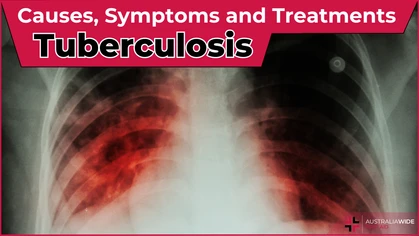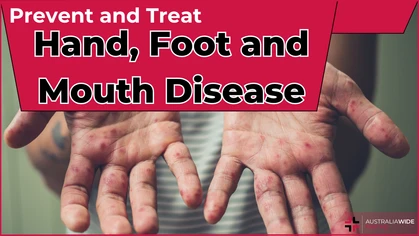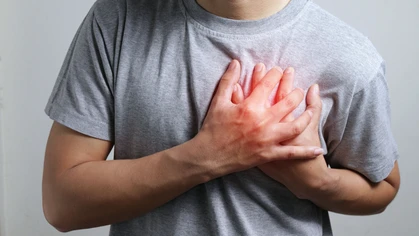What is Fungal Acne, and How do I Treat It?

Disease

Fungal acne is a skin condition that causes an infection in the body's hair follicles. Fungal acne is often confused with facial acne. However, it's important to know the difference, so you can implement the correct prevention and treatment measures.
Contrary to popular belief, fungal acne is not acne – but rather a skin condition caused by an infection of the hair follicle. Fungal acne can often look like pimples and is often confused with bacterial acne.Fungal Acne: What Is It?
Fungal acne is a skin condition called pityrosporum folliculitis that causes an infection in the body’s hair follicles. Folliculitis causes the hair follicles to become inflamed and infected therefore causing small bumps filled with pus to appear on the skin. It can show up anywhere on the skin, except for the palms of your hands and soles of your feet. Due to its similarities with facial acne, fungal acne is often mistaken as bacterial acne and doesn’t get better with treatment. This is usually a sign that a fungal infection may be present in the hair follicle. Anyone can get fungal acne, however, it usually affects teenagers because of the extra oil production in the skin – feeding the yeast that causes fungal acne. It is often found on the shoulders, back, and neck and can be caused by sweating.What Causes Fungal Acne?
Fungal acne is mainly caused by an overgrowth of yeast in the hair follicles. The yeast responsible for fungal acne is always present on our skin and typically, our body and immune system does an excellent job in keeping them in check. However, an overgrowth can occur if your immune system is unable to keep up with the rapid growth of yeast. This causes an infection of the hair follicles and acne-like symptoms to appear. From pimple-like bumps to irritated skin, fungal acne is rather unpleasant and has a variety of causes. Here are some common conditions or events that can upset the balance of bacteria and fungus on your skin:- Warm and moist environments – people living in hot climates and who are more prone to sweating are at a higher risk of being infected with fungal acne,
- Trapped moisture – wearing sweaty clothes for too long can encourage yeast growth,
- Medication – if you take antibiotics, the bacteria on your skin can be reduced therefore allowing the overgrowth of yeast,
- Diet changes – yeast feeds on carbohydrates, therefore it’s advised to be mindful when consuming sweet or carb-rich foods, and
- Wearing tight clothes – wearing tight fitting clothing can encourage extra sweat and moisture.
Common Fungal Acne Symptoms
Treatment of fungal acne is often delayed due to its similarities to bacterial acne. Often people would treat it with regular acne skincare treatments. However, this can irritate the surrounding skin and make the infection worse. Some common fungal acne symptoms include:- Very itchy skin,
- Cluster of small red or white bumps,
- Spots on the forehead, chin and sides of the face, and
- Irritated hair follicles.
- Size – bumps caused by fungal acne tend to be nearly all the same size, whereas bacterial acne can cause pimples of varying sizes,
- Location – fungal acne can show up on the arm, chest and back, whereas bacterial acne most commonly shows up on the face,
- Itching – fungal acne often causes itchiness, whereas bacterial acne does not, and
- Clusters – fungal acne often appear in clusters of small whiteheads, whereas bacterial acne is sparser.
Preventing Fungal Acne
Fungal acne has shown to have a high incidence of recurrence once treated. However, there are plenty of ways to prevent fungal acne from occurring in the first place simply by keeping your skin clear and healthy. Here are some steps you can take to prevent fungal acne:- Wash your face twice daily,
- Avoid shaving every day to avoid irritating the hair follicles,
- Wearing breathable and loose-fitting clothing,
- Wash sweaty fitness gear immediately after use, and
- Avoid oily lotions and creams since yeast feeds off of excess skin oils.
Treating Fungal Acne
In treating fungal acne, there are two main types of treatment:- Oral treatment, and
- Over-the-counter fungal medication.
Conclusion
Fungal acne is a common infection and is usually easy to treat as long as it’s correctly diagnosed. While managing fungal acne can be vastly different from managing the typical acne that you’re used to, fungal acne can often be prevented with consistent personal care and hygiene to prevent yeast overgrowth. To learn more about identifying, managing, and preventing different health conditions, book a First Aid course with us today.
Originally published at
https://www.australiawidefirstaid.com.au/resources/what-is-fungal-acne
as part of the Australia Wide First Aid Articles Library









